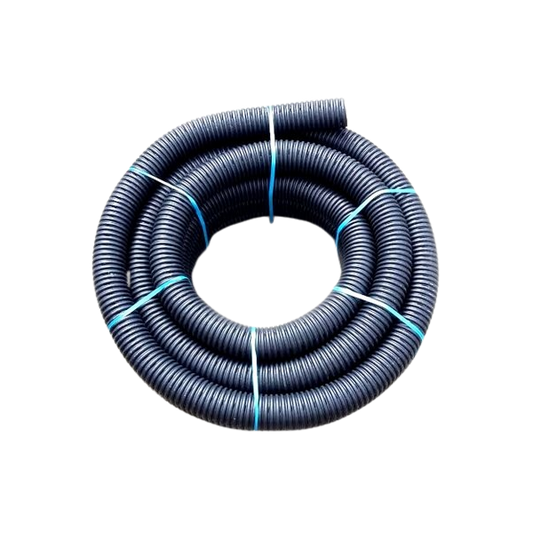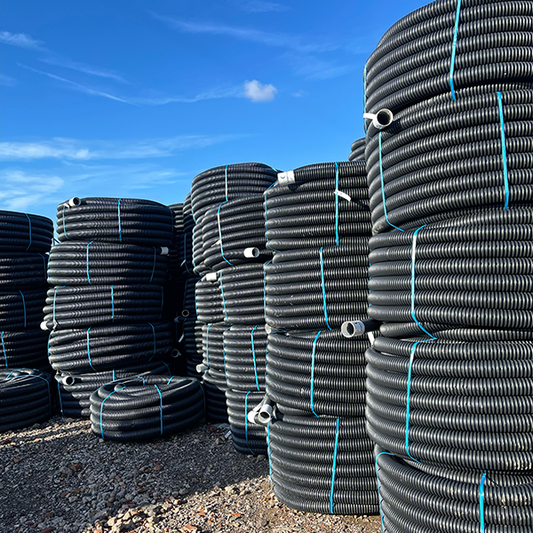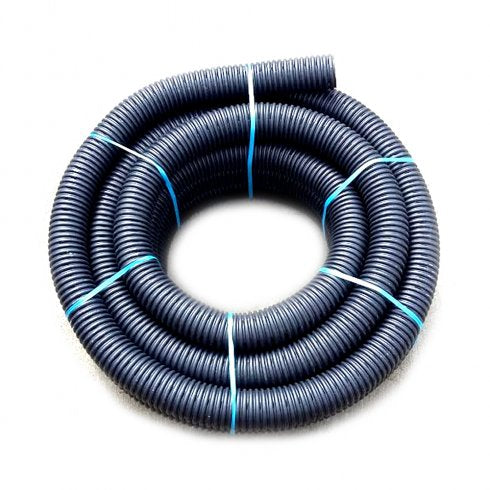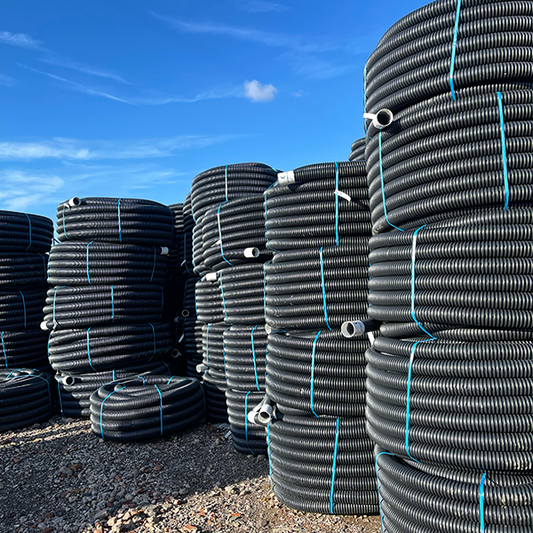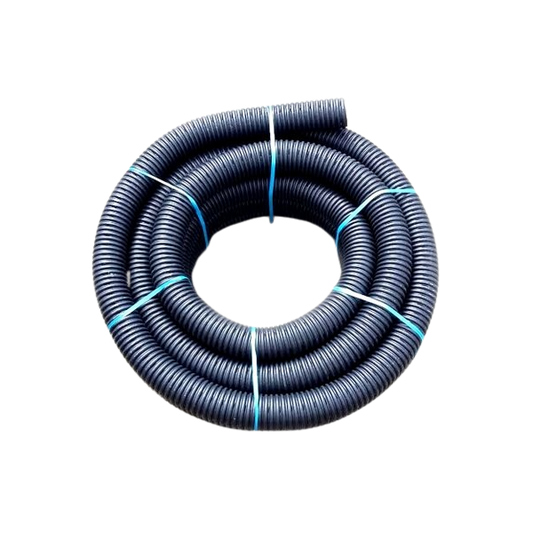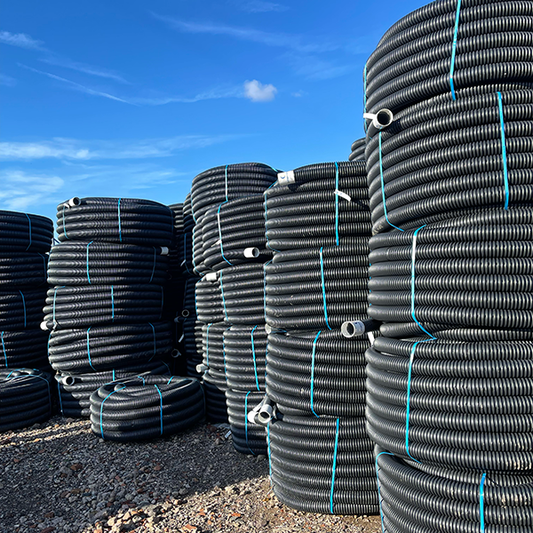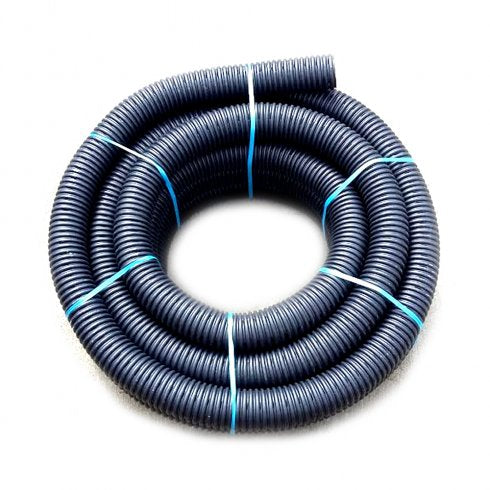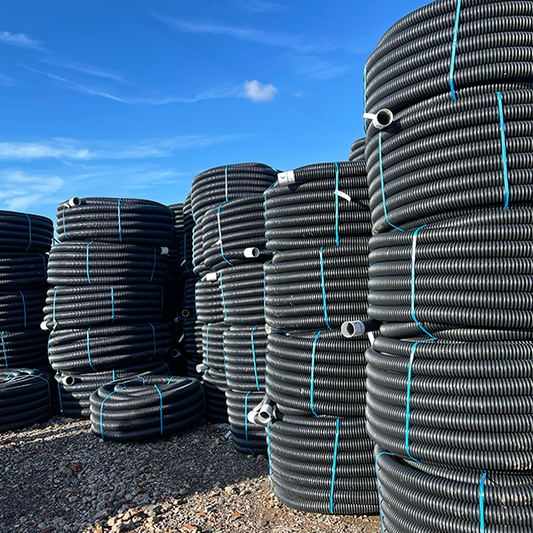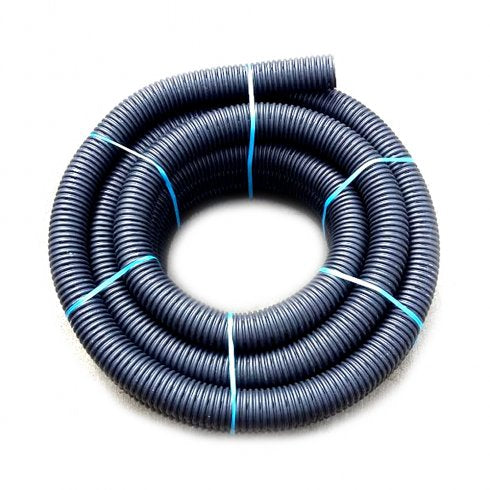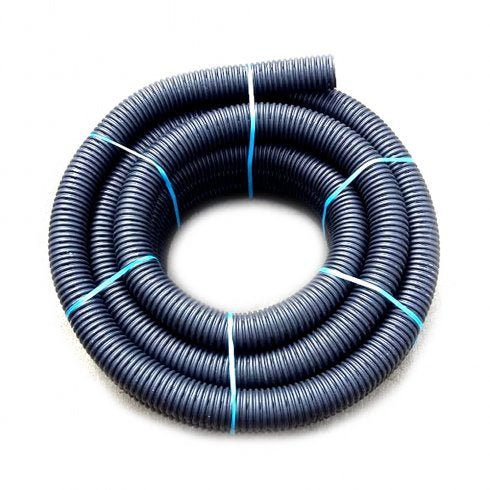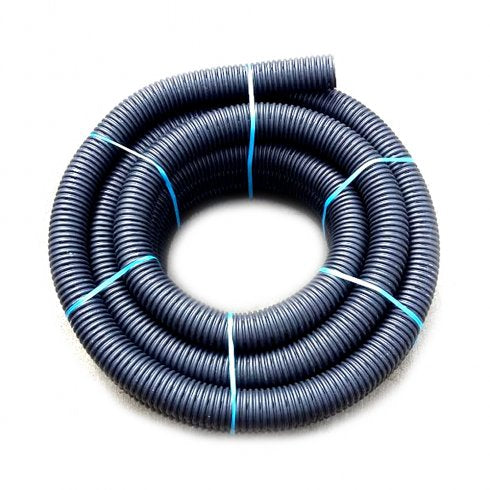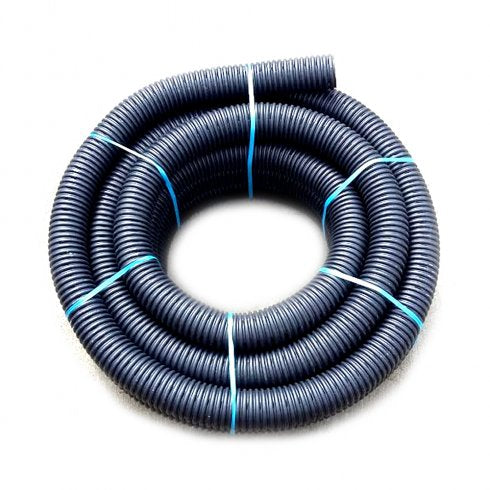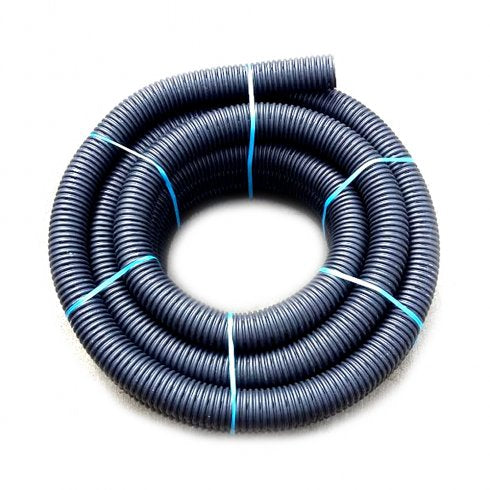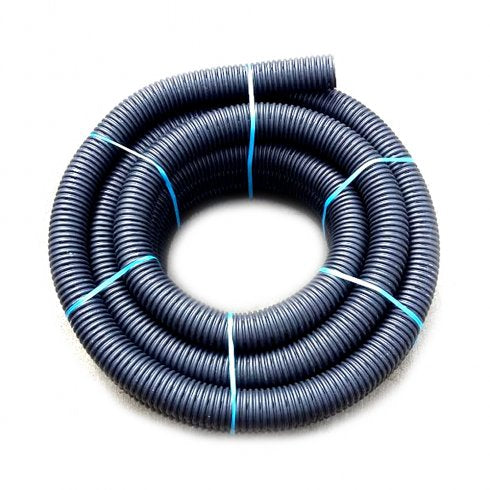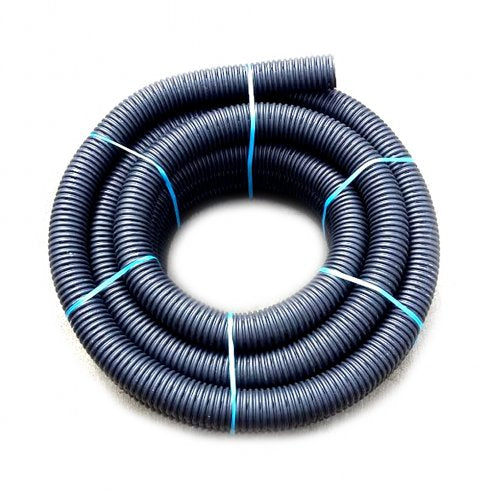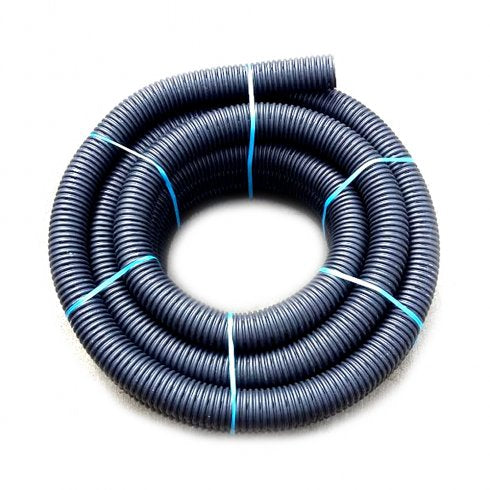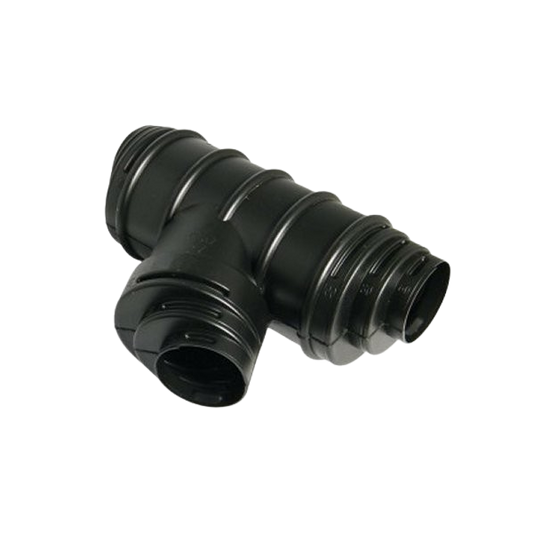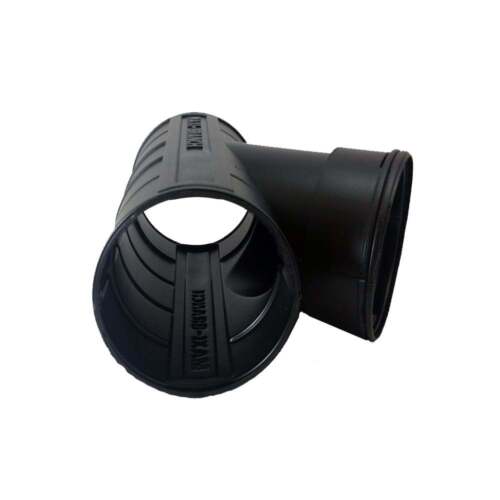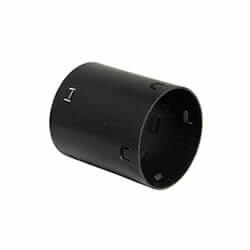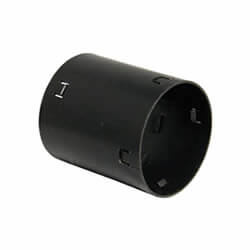🌱 Spring into March with Cotterill Civils! 🌱
Now’s the perfect time to tackle your land drainage projects and get your land ready for the warmer months ahead! Whether you need perforated or unperforated land drainage coils, we've got you covered.
Here’s why Cotterill Civils is your go-to for land drainage:
🌟 Why choose our land drainage coils?
-
Perforated coils: Perfect for collecting surface water through small holes. Ideal for:
- Sports fields
- Gardens
- French drains
- Improving soil quality and drainage
-
Unperforated coils: No holes. These distribute collected water and are great for:
- Attenuation
- Sending water to soakaways, streams, or water storage tanks
📏 Sizes to suit every need:
- Available in lengths from 25m to 150m
- Diameters: 60mm, 80mm, 100mm, and 160mm
- Manufactured from high-density polyethene for easy installation
💡 Top-quality brands:
- Coils from trusted names like Naylor and Cherry
- Cotterill Civils branded options for great value without compromising on quality
🛒 Order today:
- Simply browse our wide collection
- Add the coil that suits your needs to your basket
- Enjoy competitive pricing and check out easily!
🚚 Need 6 or more coils?
Give us a call for better shipping rates! 📞
Got questions? Our friendly team is here to help! Get in touch and let us assist you with your land drainage or any other product queries.
Let's make your land drainage project a success this spring! 🌷





